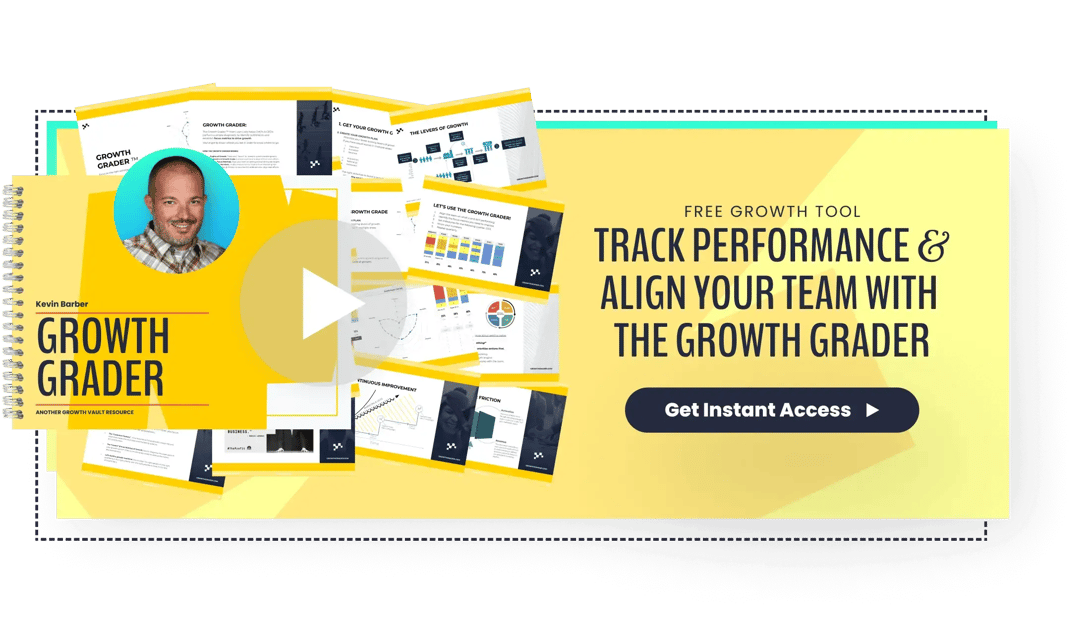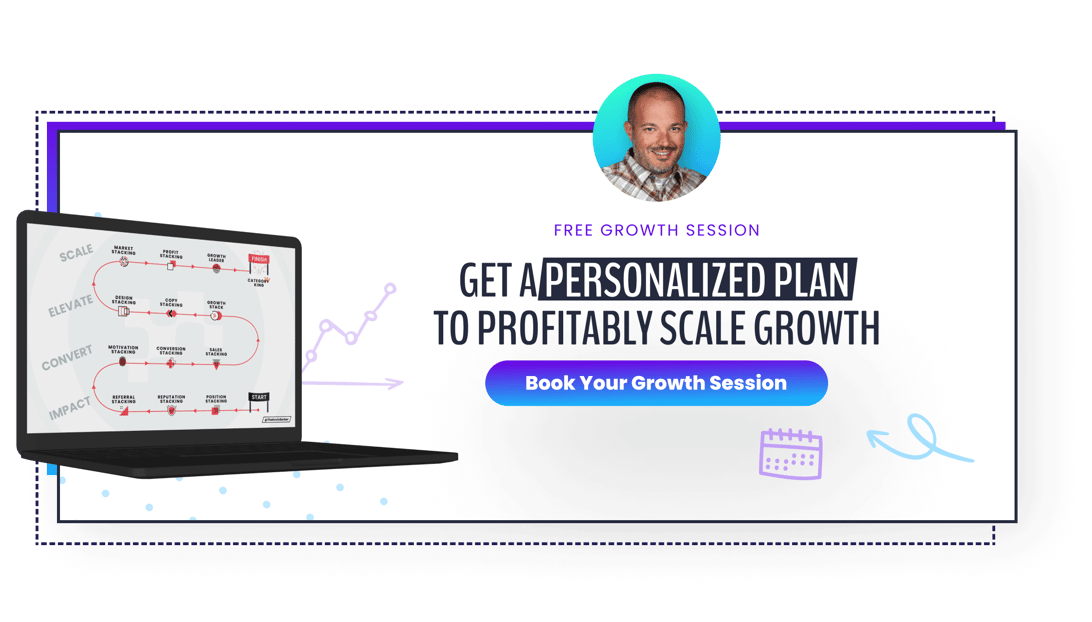How do you know when a common expression is a load of crap?
When the people credited with proliferating it do EVERYTHING they can to avoid following it.
“Many people here do talk about embracing failure, but that’s usually just hype,” said an anonymous Silicon Valley entrepreneur, as quoted by Forbes in 2014. “Many of them fear any kind of failure, and the pressure to succeed is so intense that some new businesses instead find themselves looking for shortcuts.”
VIDEO TRAINING
Get The Growth Marketing Playbook.
Learn to plan, budget, and accelerate growth with our exclusive video series. You’ll discover:
- The 5 phases of profitable growth
- 12 core assets all high-growth companies have
- Difference between mediocre marketing and meteoric campaigns
Thanks for submitting the form!
We'll review the information you've submitted and respond to you just as soon as possible.
The fact is, people don't want to make mistakes if they don't have to. And while a certain amount of trial and error is necessary to any successful marketing program—no marketer can honestly predict exactly how things will pan out for your unique business, target audience, and industry—modeling your efforts after the success of others is just good business.
The key is modeling the broad concepts without getting stuck on the specifics.
A Closer Look At Email Marketing
Email is a major component of growth marketing.
According to DMA, email has the highest conversion rate (66 percent) when compared to social media, direct mail, and other marketing methods.
As such, we recently came across Russell Brunson on the McMethod Marketing Podcast (episode #74). Russell, a self-professed "marketing nerd," has maintained an online business for more than a decade.
In the interview, Russell openly discusses many of his failures and successes with email marketing. Like how he focused on building his list (almost exclusively) for 3 to 4 years before even thinking about monetization. Obviously, our clients don't have time for such extensive "list nurturing" periods! However, the concept of prioritizing value still rings true.
One of the most fascinating aspects of the interview was "The Seinfeld Method"—a marketing email methodology that helped Russell generate more than $100,000 in sales from one email. Obviously, you shouldn't expect such results without a sizable audience to draw from, but the same techniques can be applied.
For the rest of this article, we'll summarize the bullet points so you can shortcut this method in your own marketing routine.
What Is The Seinfeld Email Marketing Method?
The Seinfeld Method serves as a follow-up form of communication to "The Soap Opera Email" – which is typically a story-arch of emails designed to build a relationship with new leads, while introducing them to your products and services.
Its primary goal is building trust.
"The Soap Opera Email" – which is typically a story arch of emails designed to build a relationship with new leads, while introducing them to your products and services. Its primary goal is building trust.
Subsequently, the Seinfeld Method is short-form storytelling with the goal of entertainment. If you've ever watched the hit TV series, you may recall it was fondly referred to as "the show about nothing." There was no story arch; each episode stood on its own. One week, the storyline may have been unbelievably whacky and the next, undeniably mundane.
Russell uses the same approach when writing for subscribers who have already gone through his Soap Opera sequence. Each email is like a self-contained Seinfeld episode.
He candidly tells stories of prospect interactions, random life events, and personal observations. And, at the end of each email, he finds a way to tie the story into his products and services.
How To Implement It For Yourself
- Begin thinking about your daily life in terms of story.
- Keep a log (mental or tangible) of the interactions you have each day.
- Pay particular attention to those aspects that surprise, delight, or challenge you.
- Choose one such event and write a marketing email as if you were talking to a friend.
- Ask yourself: How can I tie this story back to a particular product or service that we offer?
- Create a Call to Action that links to a related blog article, sales offering or piece of gated content.
A Reminder: Storytelling is NOT synonymous with length. Use exactly the number of words you need to tell your story—no more and no less.
Is Seinfeld Email Right For You?
Email often gets sold as a magic bullet in the world of online marketing when it's actually just one of many actions to convert leads into customers. Before focusing on email, ask yourself: Is email really our biggest opportunity for improvement right now? And if not, what is?
If you are ready to focus on email, we can think of no better shortcut to try than the Seinfeld Method. Let us know what you think in the comments below.
Ashley is a content writer and brand developer. After graduating with a degree in print-journalism, Ashley’s storytelling skills took her from the bizarre world of on-camera acting to the practice courts of NBA basketball players to the virtual meetings of inbound marketers. Today she specializes in building memorable brand voices online, with a focus on the travel & tourism, e-commerce and tech industries.






